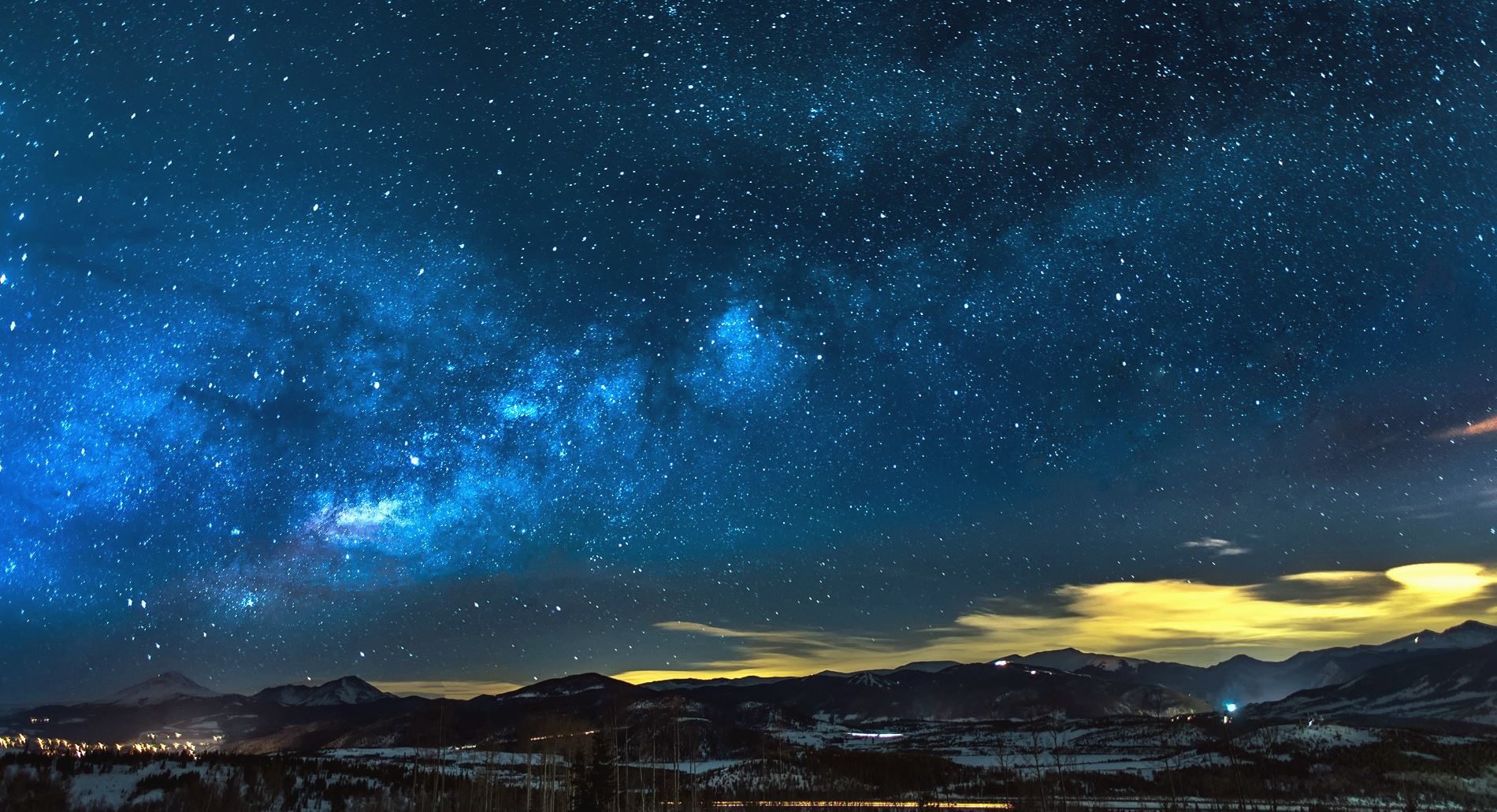It’s possible that a discovery on the cutting edge of human knowledge has just taken place somewhere in the vastness of the universe. The James Webb Space Telescope, which is now the most advanced piece of astronomy equipment available to humans, may have discovered evidence of a mysterious cosmic phenomena known as Dark Stars. If the findings of this study are verified, it will mark a huge advancement in our comprehension of the cosmos and the fundamental processes that govern it.
The Mysterious Nature of Dark Stars
For a very long time, astronomers’ imaginations have been attracted by the mysterious nature of dark stars, which lurk as elusive beings within the cosmic tapestry. Dark Stars are not like the stars we are used to seeing, which acquire their energy from nuclear fusion. Instead, the energy that powers Dark Stars comes from an entirely new source: dark matter. Due to the fact that dark matter, a mysterious element that does not interact with light, has been able to evade direct observation for decades, the mission of discovering dark stars has proven to be an exceptionally difficult endeavor.
The James Webb Space Telescope’s Potential Revelation
After much anticipation, the James Webb Space Telescope was finally brought into service, and its findings have revealed tantalizing clues that Dark Stars may in fact be real. Researchers have found four objects in the data collected by the telescope that display strange features, leading them to believe that the objects may be Dark Stars. However, extreme caution is warranted because additional specific measures are necessary in order to unequivocally determine their nature.
The Struggle to Discover Dark Stars
The interaction that Dark Stars have with light, or more accurately, the lack of interaction that they have with light, is the fundamental factor that makes detection of Dark Stars difficult. Traditional telescopes function by gathering the light that is emitted or reflected by distant objects in space. Dark matter, on the other hand, cannot be seen, which hinders our capacity to directly observe Dark Stars through the images of telescopes. Over the years, this fundamental difficulty has remained, making it difficult for scientists to make progress in their effort to solve the secrets behind these cosmic conundrums.
The Quest for Verification
The Search for Verification While the most recent findings do give a glimpse of optimism, the scientific community is in agreement that more in-depth verification is required before definitely classifying these objects as Dark Stars. To determine the nature of these mysterious creatures and their characteristics, it will be essential to conduct further observations and measurements with a heightened level of sophistication. Researchers are putting forth a lot of effort to come up with innovative strategies and tools that will allow them to see through the cloak of darkness that surrounds Dark Stars.
Implications of Dark Stars
The discovery of dark stars would have far-reaching implications for our knowledge of astrophysics and cosmology, which would undergo a sea change as a result. They would yield crucial insights into the nature of dark matter, a component that accounts for a sizeable amount of the mass of the cosmos but has not been well explained. It is possible that dark stars could act as labs in the heavens, providing insights into the physics and processes that are regulated by dark matter. In addition to this, their discovery would call into question previously held beliefs, lead to the development of novel lines of inquiry, and broaden our understanding of the universe.
The possible discovery of dark stars by the James Webb Space Telescope is a significant turning point in our continuing investigation of the cosmos. Even while the findings that have been uncovered so far are encouraging, the scientific community must approach them with a level of cautious optimism and be aware of the requirement for additional painstaking research. As scientists continue their efforts to penetrate the depths of the universe in search of answers to the mysteries that lie dormant there, they continue their investigation into the riddles of dark stars and their connection to dark matter.
![]()
